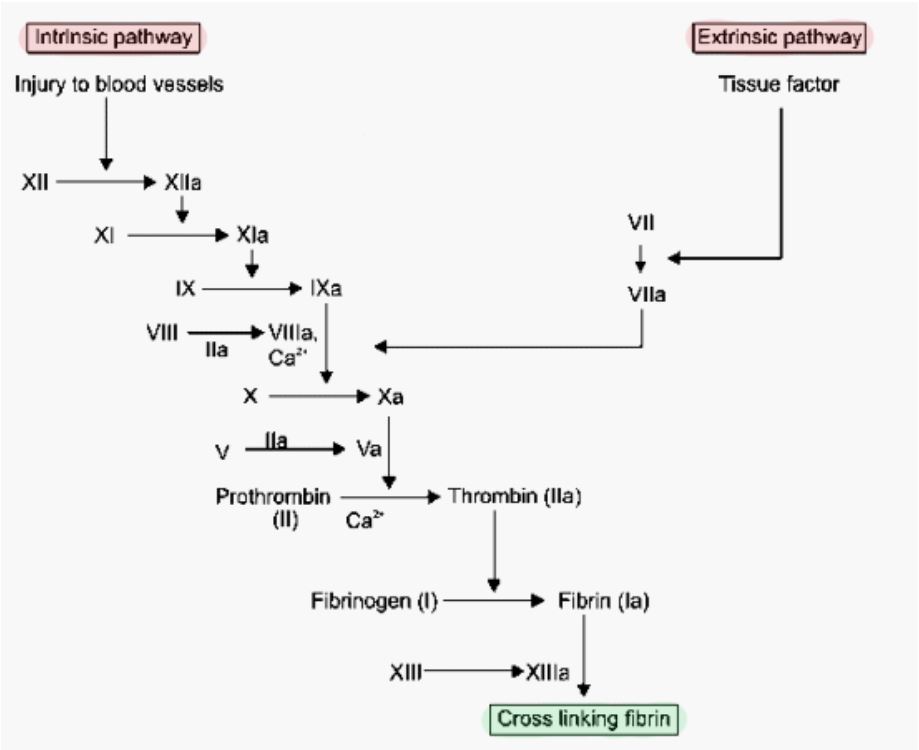SFM has been producing alginate products since the early 1980’s and still to this day alginates are an important product for our business. Alginate dressings are classed as ‘advanced wound care’, a label that up until now I have strongly disagreed with. How can a relatively simple dressing be thought of as ‘advanced’ in the current market? With newer and more exciting technologies emerging, like bacteria engulfing nanoparticles or smart dressings with nanosensors that detect healing, surely these types of dressings should be considered as advanced and not alginates?
But I have recently learnt that the reliable calcium alginate dressing is far more versatile and advanced than I thought. Search for calcium alginates dressings and virtually every literature source will describe its long list of properties: highly absorbent, biocompatible, biodegradable, high strength, high integrity, and low fibre shed.1 One property that seems to be consistently missed off the list though is its haemostatic ability. This is somewhat surprising seeing as alginates are commonly indicated not only for bleeding wounds, but also in other fields such as a haemostat in dental care or for nasal packing to combat heavy bleeding.2
It is worth noting the mechanism by which calcium is involved in haemostasis because clotting requires calcium ions(Ca2+). It is for this reason that blood banks use a chelating agent to bind calcium in donated blood. Without the action of the chelating agent on the calcium, the blood would clot in the donation bag.
Haemostasis literally means to stop bleeding. ‘Haem’ refers to blood and ‘stasis’ refers to stopping. The
process itself is complicated and is split into four stages:^3
1) constriction of the blood vessel to reduce blood flow within the first 30 minutes of injury
2) formation of a temporary ‘plug’ or clot
3) activation of the coagulation cascade
4) formation of the final ‘fibrin plug’ or final clot – haemostasis is achieved

Calcium ions are heavily involved in stage three the coagulation cascade. The ions activate several factors which go on to form fibrin clots. For example, calcium ions activate factor VIII to activated coagulation factor VIII (VIIIa), which is responsible for maintaining clot strength.4 A simplified schematic diagram of the coagulation cascade below shows where calcium is involved in the intricate process.

Figure 1. A simplified schematic diagram of the coagulation cascade and fibrin clot formation. (Adapted from Shrestha, 2019).5
In theory calcium alginate wound dressings should be able to contribute towards the coagulation cascade and ultimately to achieve clotting. And this is exactly what happens. The calcium rich dressings donate calcium ions to the injury site, which in turn help to activate vital coagulation factors in the haemostasis process.
Studies have widely shown, both in animal models and in clinical studies, that alginate outperforms standard surgical gauze for post-operative bleeding6,7,8 and can achieve haemostasis at a faster rate. 9,10 The clinical benefits of calcium alginate dressings, together with their haemostatic effect, can make them an ideal candidate for acute and chronic wounds.
It seems ‘advanced’ really is the correct word to describe alginate dressings!
References
1. Aderibigbe, BA, Buble B. Alginate in Wound Dressings. Pharmaceutics. 2018. 10(2),42.
2. Timmons, J. (2009). Alginates as haemostatic agents: Worth revisiting? Wounds UK. 5. 122-124.
3. LaPelusa A, Dave HD. Physiology, Hemostasis. [Updated 9th May 2021]. In: StatPearls [Internet]. Treasure Island (FL): StatPearls
Publishing; Jan 2021. Available from: https://www.ncbi.nlm.nih.gov/books/NBK545263/
4. Singh S, et al. Structure functional insights into calcium binding during the activation of coagulation factor XIII A. Sci Rep. 2019,
5;9(1):11324.
5. Shrestha SK. Simple Coagulation Cascade with Mnemonics [Internet]. Epomedicine; Jan 2017 Available from:
https://epomedicine.com/medical-students/simple-coagulation-cascade-mnemonics/
6. Taskin AK, et al. The hemostatic effect of calcium alginate in the experimental splenic injury model. TJTES. 2013, 19(3):195-199.
7. Zong J et al. The hemostatic property of calcium alginate sponge: An experimental study. MJCPLA. 2016. 41, 180-183.
8. Aydin O, et al. Effects of Ankaferd Blood Stopper and calcium alginate in experimental model of hepatic parenchymal bleeding.
Bratisl Lek Listy. 2015. 116(2):128-31.
9. Blair SD et al. Clinical trial of calcium alginate haemostatic swabs. Br J Surg. 1990. 77(5):568-70.
10. Suzuki S, et al. Randomized trial comparing newchitosan-based bandage with kaltostat haemostatic dressing to control bleeding
from hemodialysis puncture site. Nephrology Dialysis Transplantation. (2013) 28 SUPPL. 1 (i228-i229).
By Manpreet Gill
